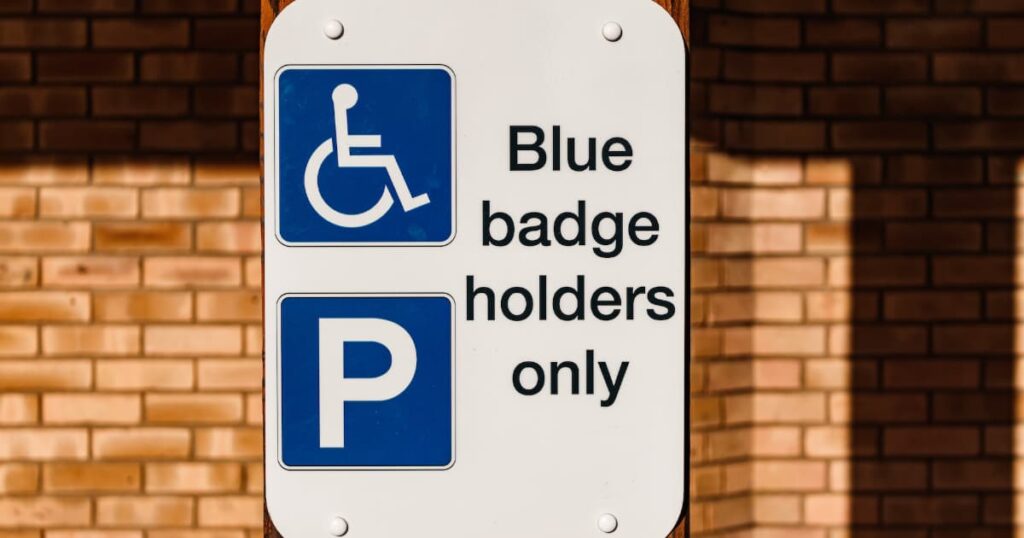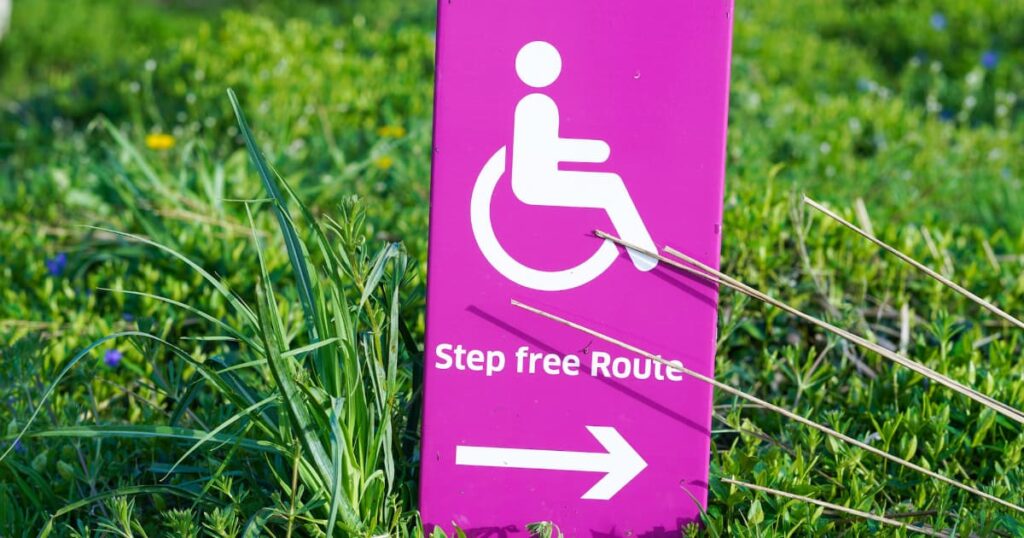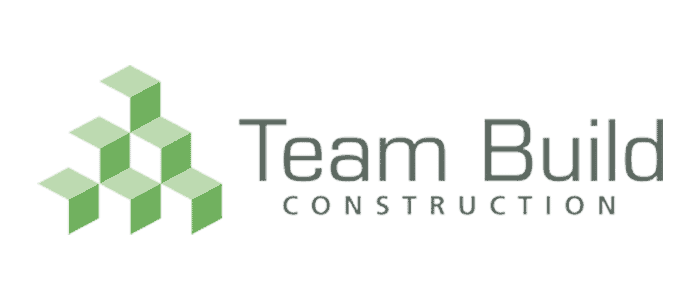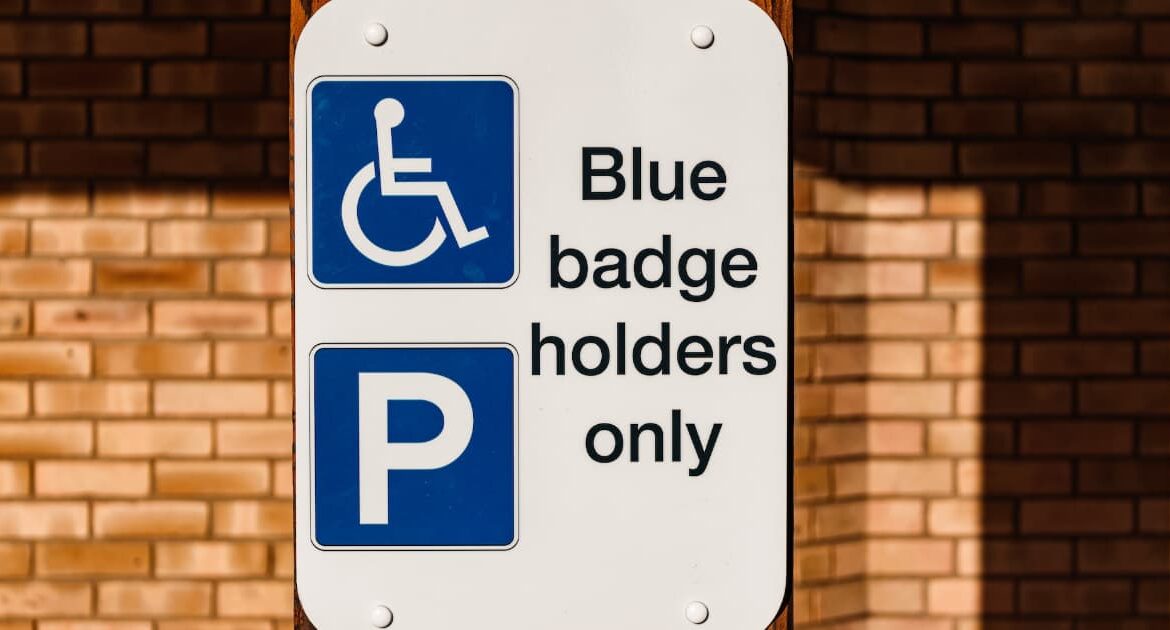
If there’s one area of construction and building design which has been flung into the spotlight in recent months and years, it’s accessibility – especially across commercial spaces, public buildings, and offices where inclusion and diversity are very much seen as requirements for business premises in 2023.
Of course, there are some accessible features which are second nature to most construction workings and architects, for example adding lifts in multi-storey developments and erecting a slope outside the main entrance to allow for pushchairs, wheelchairs, and other personal modes of transport.
However, amongst the expected features and considerations, there are some areas of accessibility that are often overlooked – with this blog post focussing on the best practice focus areas for ensuring accessibility while retaining the safety and security of a commercial development.
The importance of accessibility
Accessibility in commercial construction allows businesses and corporations that use the space to be 100% inclusive in terms of who they bring on site, who they hire, and who they can work with and alongside. With more focus than ever before on accessibility in terms of not only enabling users from all walks of life into a space but presenting them with all the requirements they need to remain safe and comfortable, architects and building designers must enable users of the space to be able to move freely and safely throughout the space.
And while some of this comes from moral obligation and the work of organisations campaigning for accessible rights, much of it comes directly from government law and regulation.
Rules and regulations around accessibility
UK law specifies that any individual working in or visiting commercial premises within the UK must be able to access the building without any barriers to entry as dictated by their physical ability. This means that it is illegal to prevent someone from being able to work in or access a building, because of accessibility issues – with employers and building managers responsible for any changes required to make the property accessible.
This falls under the Equality Act and more specifically the Disability Discrimination Act of 1995, which was reviewed in 2004 and added to the Equality Act in 2010.
For construction workers specifically, their regulation falls under the British Standard BS 8300 law which dictates that buildings should be both designed and built in a manner which enables the exterior and interior environment to be both accessible and functional for those with all manner of disabilities.
So, what changes and design considerations should you factor into your plans before starting work on a new build?
Design considerations to optimise accessibility

Did you know that residential and commercial new build properties are now contractually obliged to include step free access to each and every property in some format or another?
In addition to enabling step-free access, doorways need to be wide enough to allow wheelchairs and other accessibility tools to fit through easily, and hallways need to be broad enough to allow wheelchair users to turn around and navigate the space with ease.
Of course, it’s not just wheelchair and those with mobility issues who need to be considered when designing a new build commercial space. In order to create a safe and productive environment for all users, care and attention needs to be given to those with hearing difficulties, visual impairments, and other challenges which impact the way they interact with and use specific spaces and buildings.
As part of your plan to construct a completely accessible commercial new build, a few things to consider include:
- Bathrooms and making sure that everyone is catered for
- Installing stairs and stairlifts where required
- Enabling automatic doors for those who cannot push or pull open a manual door
- Consider security measures and fire safety measures which are clear to those with hearing or visual impairments, as well as those with mobility issues
- Install storage units and other furnishings which support those in wheelchairs and with other accessibility challenges
Do you need support in ensuring that your commercial new build is up to scratch?
The long and short of it is, accessibility is no longer a “nice to have” box to tick in the work place. When it comes to new build commercial spaces and construction projects, accessibility is one of the core regulations that you now need to consider to ensure that your building is legally up to standard and able to be used by workers and visitors from all walks of life.
For more information on this, and to benefit from our comprehensive expertise in the world of accessible and functional construction, get in touch with the team today.

